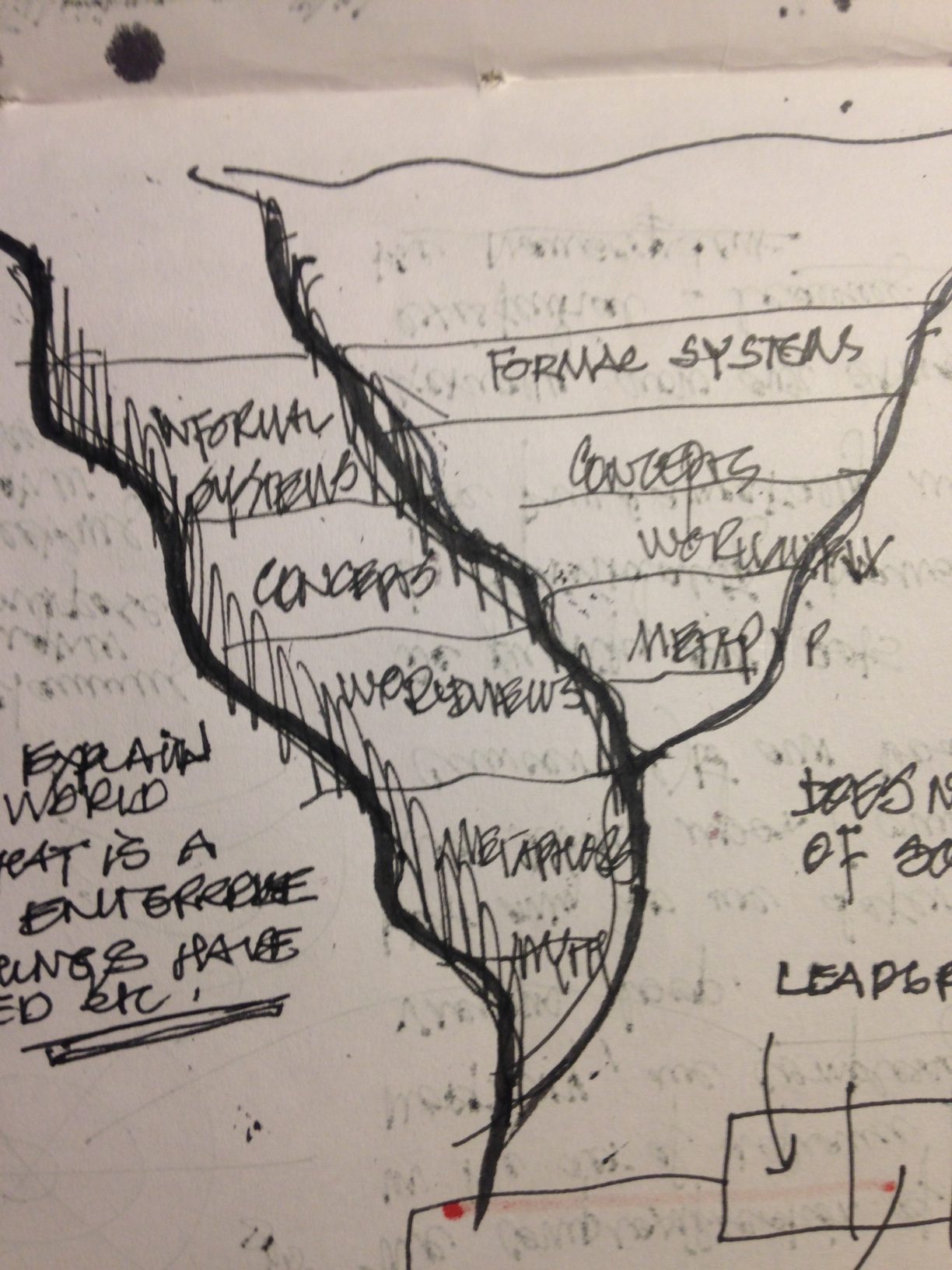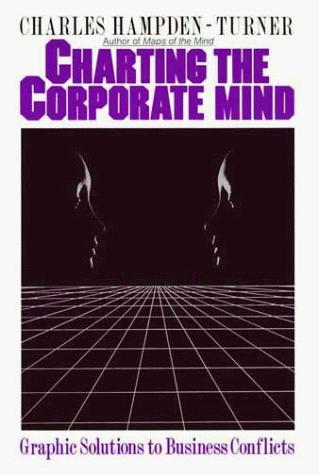May 12, 2016
In the course of my work helping enterprises design breakthrough solutions to impact and growth, I have found there are five general patterns that help us understand why an enterprise might not experience growth, or if they do, why that growth might not maximize its true potential.
The five inhibitors, may not all apply to an enterprise, and while they suggest a logical sequence, an order I use when thinking about a new venture, these are better thought as inter-related ideas, that together provide answers to five questions that correspond to these statements.
Often, it is likely that one might only be looking at the implications of change in the Context of the enterprise and the opportunities or risks it creates. Or, we might just be exploring the opportunities created by new approaches to Design. However, to truly maximize the impact of any of these interventions, one must invariably look at whether all these issues have been satisfactorily addressed in a systemic way so that they together maximize the opportunity to realize the true potential of the enterprise.
- Enterprises do not understand themselves well enough.
A Living Enterprise, a dynamic co-evolving entity, is the expression of an idea. The idea originates in a cognitive frame that describes its understanding of itself in relation to its context and the systems it serves.
If the enterprise is new, as in the case of a startup or a new venture, it is the idea that expresses the entrepreneur’s vision for what needs to happen in order to change a target system.
If the enterprise has been around for a while, the frame is refined and over a period of time is reinforced by its experiences and learning in the course of its operations.
As its routines get increasingly codified over time and knowledge becomes refined and specialized, the committment to the frame becomes stronger. It is quite natural too, that these frames become invalid, a fact that reflects in sub-optimal or dysfunctional results.
It is in this sense that an organization needs to deeply understand the foundational ideas and frames on which it is designed, and regularly examine their validity, a need that is becoming urgent and more frequent given the acceleration in change we are experiencing now.
Frames inappropriate to a current and/or evolving context are one of the most powerful obstacles to growth. When we find ourselves at such dramatically evolving moment in history, such as the one we are in now, there is an urgent need for something I call a Frameshift.
- Enterprises do not understand their Contexts, Capabilities, and most crucially, the Creative Value Ecosystem in which they play a role.
All value is dynamically co-created by participants in the Creative Value System of which the enterprise is a part. Value is created at the intersection of the Creative Ecosystem with the Context in which it operates and the Capabilities that various particpants bring to the process or can leverage.
A deep understanding of all these three interacting elements is crucial to maximizing value creation. This understanding also needs to be dynamic in order to understand how these things have evolved to the state they are in at the present moment and more importantly, how these will potentially evolve in the immediate and distant future.
Understanding the Creative Ecosystem involves understanding the organizational relationship between the various entities and stakeholders that interact and orchestrate resources and capabilities to co-create value. It is that co-creation which originates in and is aligned with the foundational frame and is the basis for the Enterprise’s Mission.
It is obvious that the Creative Ecosystem is embedded in a Context, all the inter-related entities that lie outside the defined boundaries of the Value Creating Ecosystem but have an influence on the value creating enterprise. The competition within the industry, the economies and societies in which the systems find themselves are all dynamically interlinked and evolving too. Understanding the dynamics of these superordinate systems, the trends and drivers operating now, and the vectors of change that will shape them in future must inform the approaches to growth.
When these have not been systematically examined and understood, they carry within them the potential for surprises and risks, but more importantly latent opportunities which could become the engines for growth.
There is within them a flux which the savvy entrepreneur anticipates and capitalizes on.
- Their interventions in the Value Ecosystem, manifested in their Value Propositons and through their Offerings, are incomplete and temporally inflexible.
The Enterprise brings its vision of the new value creating system into being through its value proposition and offerings.
Without going into much detail about value propositions I want to emphasize that these should stem from the understanding that enterprises are co-creators and participants in the value creating ecosystem. The extent of participation might vary, but the propositions must add to and complement the existing or desired value creation processes and systems, which are dynamic and evolve over time.
The offerings form one of two key interventions an enterprise must execute in order to realize its mission to bring about positive, distinctive and enduring impact.
In additon to its offerings, an enterprise must also, at least in its early stages, before it becomes a viable enterprise, consider the interventions necessary to shift the existing ecosystem or build one ab-initio around its own idea.
It is in that sense that the intervention might not be complete. Further, this latter intervention demonstrates the enterprise’s mastery of Systems Innovation – the ability to navigate and bring about a change in a complex system.
Temporal inflexibility has been addressed in ideas such as agile and adaptive to some extent. However, it also implies linking offerings to changing frames discussed earlier.
- They do not design well.
I am talking about hte process of designing. We have mastered the processes for designing products, services and business models perhaps. The practice of Design Thinking has caught people’s imagination and there is increasing interest in that practice as well.
What then do I mean when i say that Enterprises do not maximize their opportunity when they do not design well?
I think of design differently in this context. Design is that ability to bring multiple lenses and perspectives to any situation, and reconcile the deliberate parallax so created with multiple capabilties, hitherto not leveraged in the traditional practice of design. Some of those capablities are latent within the participants in the ecosystem – we need to learn to see and recognize them. We need to think beyonf designing products and services in the emerging context of cocreating value ecosystems. We need to be creating Design Systems and Architectures that empower and enable particpants in the ecosystem to become those cocreators of value. We need to turn the Value Ecosystem into a coevolving living enterprise – a living engine of value creation.
This perspective is in my opinion the true meaning of design thinking, and we need to do this collaboratively. That is when we design well.
- They do not Practice being a true Living Enterprise.
The Living Enterprise is a dynamic co-evolving entity in my argument as I have made amply clear by now. Practicing being such an enterprise implies that all of these things that we describe here that drive growth and impact are not activities that one undertakes once in a while – they are embodied in practice. It is when and only when we become such practitioners, can we sustainably deliver enduring, positive and distinctive impact and growth.


